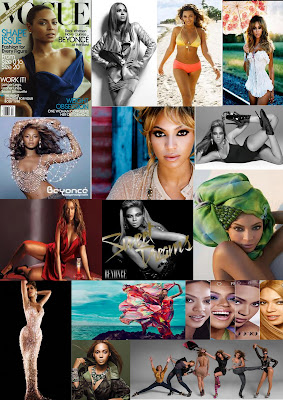










Match on action technique can preserve temporal continuity where there is a uniform, unrepeated physical motion or change within a passage. A match on action is when some action occurring before the temporally questionable cut is picked up where the cut left it by the shot immediately following. For example, a shot of someone tossing a ball can be edited to show two different views, while maintaining temporal continuity by being sure that the second shot shows the arm of the subject in the same stage of its motion as it was left when cutting from the first shot.


 NIRVANA- NEVERMIND
NIRVANA- NEVERMIND 

In 1894 sheet music publishers Edward B. Marks and Joe Stern hired electrician George Thomas and various performers to promote sales of their song "The Little Lost Child". Thomas projected a series of still images on a screen simultaneous to live performances. This would become a popular form of entertainment known as the illustrated song, the first step toward music video.
In 1926, with the arrival of "talkies" many musical short films were produced. Vitaphone shorts (produced by Warner Brothers) featured many bands, vocalists and dancers. Spooney Melodies in 1930 was the first true musical video series. Shorts were typically six minutes in duration, and featured Art Deco-style animations and backgrounds combined with film of the performer singing.
Animation artist Max Fleischer introduced a series of sing-along short cartoons called Screen Songs, which invited audiences to sing along to popular songs by "following the bouncing ball". Early 1930s cartoons featured popular musicians performing their hit songs on-camera in live-action segments during the cartoons. The early animated films by Walt Disney, such as the Silly Symphonies shorts and especially Fantasia, which featured several interpretations of classical pieces, were built around music. The Warner Brothers cartoons, even today billed as Looney Tunes and Merrie Melodies, were initially fashioned around specific songs from upcoming Warner Brothers musical films. Warner Brothers also produced the cartoon "Three Pigs in a Polka", set to Johannes Brahms' Hungarian Dances. Live action musical shorts, featuring such popular performers as Cab Calloway, were also distributed to theaters.
Blues singer Bessie Smith appeared in a two-reel short film called St. Louis Blues (1929) featuring a dramatized performance of the hit song. Numerous other musicians appeared in short musical subjects during this period. Later, in the mid-1940s, musician Louis Jordan made short films for his songs, some of which were spliced together into a feature film Lookout Sister. These films were, according to music historian Donald Clarke, the "ancestors" of music video.
Another early form of music video were one-song films called "promotional clips" made in the 1940s for the Panoram visual jukebox. These were short films of musical selections, usually just a band on a movie-set bandstand, made for playing. Thousands of "soundies" were made, mostly of jazz musicians, but also of torch singers, comedians, and dancers. Before the soundie, even dramatic movies typically had a musical interval, but the soundie put the music in the forefront; virtually all known jazz performers appeared in soundie shorts. The Panoram jukebox with eight three-minute soundies were popular in taverns and night spots, but the fad faded during World War II.
In 1956, Petrushka, directed by John David Wilson for Fine Arts Films aired as a segment of the Sol Hurok Music Hour on NBC. Igor Stravinsky conducted a live orchestra for the recording of the event. In 1957,Tony Bennett was filmed walking along The Serpentine in Hyde Park, London as his recording of "Stranger in Paradise" played; this film was distributed to and played by UK and US television stations. According to the Internet Accuracy Project, disk jockey-singer J. P. "The Big Bopper" Richardson was the first to coin the phrase "music video", in 1959.It is no coincidence that the rise of popular music was tied with the rise of television, as the format allowed for many new stars to be exposed that previously would have been passed over by Hollywood, which normally required proven acts in order to attract an audience to the box office.Musical films were another important precursor to music video, and several well-known music videos have imitated the style of classic Hollywood musicals from the 1930s to the 1950s. One of the best-known examples is Madonna's 1985 video for "Material Girl" (directed by Mary Lambert) which was closely modelled on Jack Cole's staging of "Diamonds Are A Girl's Best Friend" from the film Gentlemen Prefer Blondes. Several of Michael Jackson's videos show the unmistakable influence of the dance sequences in classic Hollywood musicals, including the landmark "Thriller" and the Martin Scorsese-directed "Bad" which was influenced by the stylised dance "fights" in the film version of West Side Story.